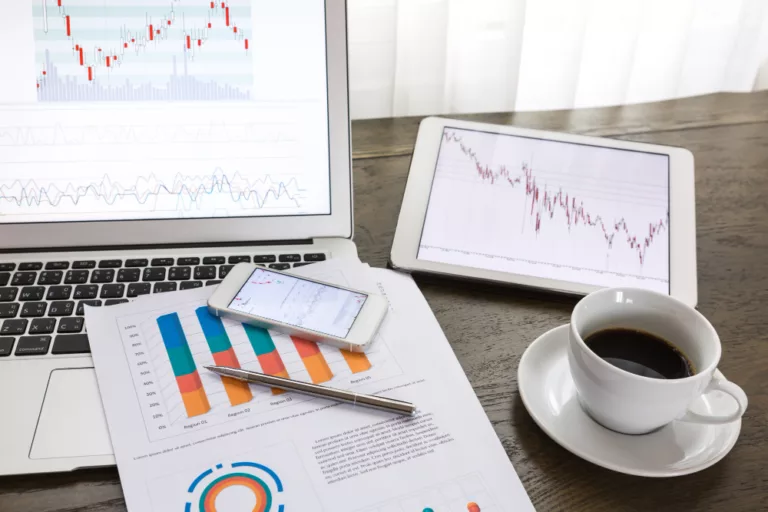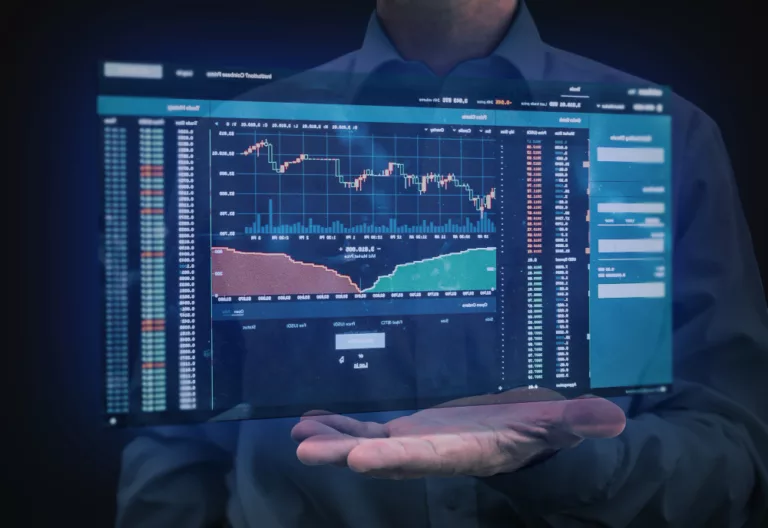What Is Leverage?
Leverage is a pivotal concept in Forex trading. It allows traders to amplify their exposure to price movements in currency pairs, increasing the potential for profits and the risk of losses. This concept is integral to understanding as it can significantly impact trading strategies and outcomes.
Understanding Leverage in Forex Trading
Leverage in Forex trading refers to the ability to control a large position in the market with a comparatively smaller amount of initial capital. It’s represented as a ratio, for example, 50:1, indicating that for every £1 of their own money, a trader can control a position size of £50.
How Does Leverage Work?
When you leverage your position, you are essentially borrowing capital to open a position larger than your account balance. If you have an account balance of £1,000 and leverage of 50:1, you can control a position up to £50,000. Most brokers offer leverage ranging from 10:1 to 1000:1, depending on regulatory constraints and the broker’s policies.
Impact of Leverage on Profits and Losses
Leverage amplifies both potential gains and potential losses. A slight price movement in a currency pair can result in substantial profits or substantial losses when leverage is applied. For example, if a trader uses 100:1 leverage to control a £100,000 position with a £1,000 account balance, a 1% price movement in the favourable direction could double the trader’s account balance. However, a 1% movement in the opposite direction could wipe out the entire account.
Risks Associated with Leverage
While the potential for higher profits is the main draw for using leverage, it is paramount to understand the heightened level of risk involved. Leveraged positions are susceptible to market volatility and sudden price fluctuations, potentially leading to substantial losses, and may result in owing more money than initially invested. However, almost all retail brokers don’t allow you to pass your total balance.
Importance of Risk Management
Given the increased risk associated with leverage, implementing robust risk management strategies is crucial. Traders should only risk a small percentage of their capital on a single trade and utilize stop-loss orders to limit potential losses. A stop-loss order automatically closes out a trade at a predetermined price level, preventing further losses.
Understanding the amount of leverage that suits one’s trading style, risk tolerance, and market conditions is crucial. Using excessive leverage without understanding its implications can be perilous, especially for novice traders.







